Si vous êtes intéressé par une coopération, veuillez nous contacter immédiatement, nous vous donnerons votre avis dans les plus brefs délais !
![]() WhatsApp : +8613963585512
WhatsApp : +8613963585512
![]() E-mail : [email protected]
E-mail : [email protected]
| Article | Paramètres/Description |
|---|---|
| Nom du produit | Plaque en acier inoxydable |
| Type de matériau | Acier inoxydable austénitique (par exemple, 304, 316), acier inoxydable ferritique (par exemple, 430), acier inoxydable martensitique (par exemple, 410) |
| Grades standard | Acier inoxydable 304, acier inoxydable 316, acier inoxydable 316L, acier inoxydable 430, etc. |
| Finition de surface | 2B (finition mate), BA (poli miroir), n° 4 (finition brossée), HL (finition capillaire), surface gravée, etc. |
| Plage d'épaisseur | 0,3 mm – 50 mm (personnalisable selon les exigences du client) |
| Plage de largeur | 1000 mm – 2000 mm (personnalisable selon les exigences du client) |
| Plage de longueur | 2000 mm – 6000 mm (personnalisable selon les exigences du client) |
| Densité | 7,93 g/cm³ (pour l'acier inoxydable 304 à titre d'exemple) |
| Résistance à la corrosion | Excellent, en particulier dans les environnements acides, alcalins, salins et humides |
| Résistance aux hautes températures | Température de fonctionnement maximale jusqu'à 800℃-900℃ (selon la catégorie spécifique) |
| Propriétés mécaniques | Résistance à la traction : ≥ 520 MPa ; Limite d'élasticité : ≥ 205 MPa ; Allongement : ≥ 40% |
| Magnétisme | L'acier inoxydable austénitique est non magnétique ou faiblement magnétique ; les aciers inoxydables ferritiques et martensitiques sont magnétiques |
| Usinabilité | Facile à couper, souder, plier et estamper |
| Respect de l'environnement | Recyclable, conforme aux exigences de protection de l'environnement |
| Composants principaux | Chrome (Cr) : 16%-26% ; Nickel (Ni) : 8%-12% (acier inoxydable austénitique) ; Molybdène (Mo) : 2%-3% (acier inoxydable 316) |
| Conformité aux normes | ASTM, GB/T, JIS, EN et autres normes internationales ou nationales |
| Applications typiques | Décoration architecturale : murs-rideaux, rampes, panneaux d'ascenseur Équipement industriel : Conteneurs chimiques, tuyaux, réservoirs de stockage Alimentation et médecine : ustensiles de cuisine, dispositifs médicaux, équipements de transformation des aliments Transport : Systèmes d'échappement automobiles, composants marins |
| Conditionnement | Emballage standard en caisse en bois, emballage en papier résistant à l'humidité, fixation sur palette pour garantir aucun dommage pendant le transport |
| Capacité d'approvisionnement | Capacité de production journalière : 10 à 100 tonnes (selon les exigences spécifiques de la commande) |
| Délai de livraison | Spécifications standard : 7 à 15 jours ; Spécifications personnalisées : 20 à 30 jours |
| Service après-vente | Support technique, assurance qualité, services de retour/échange |
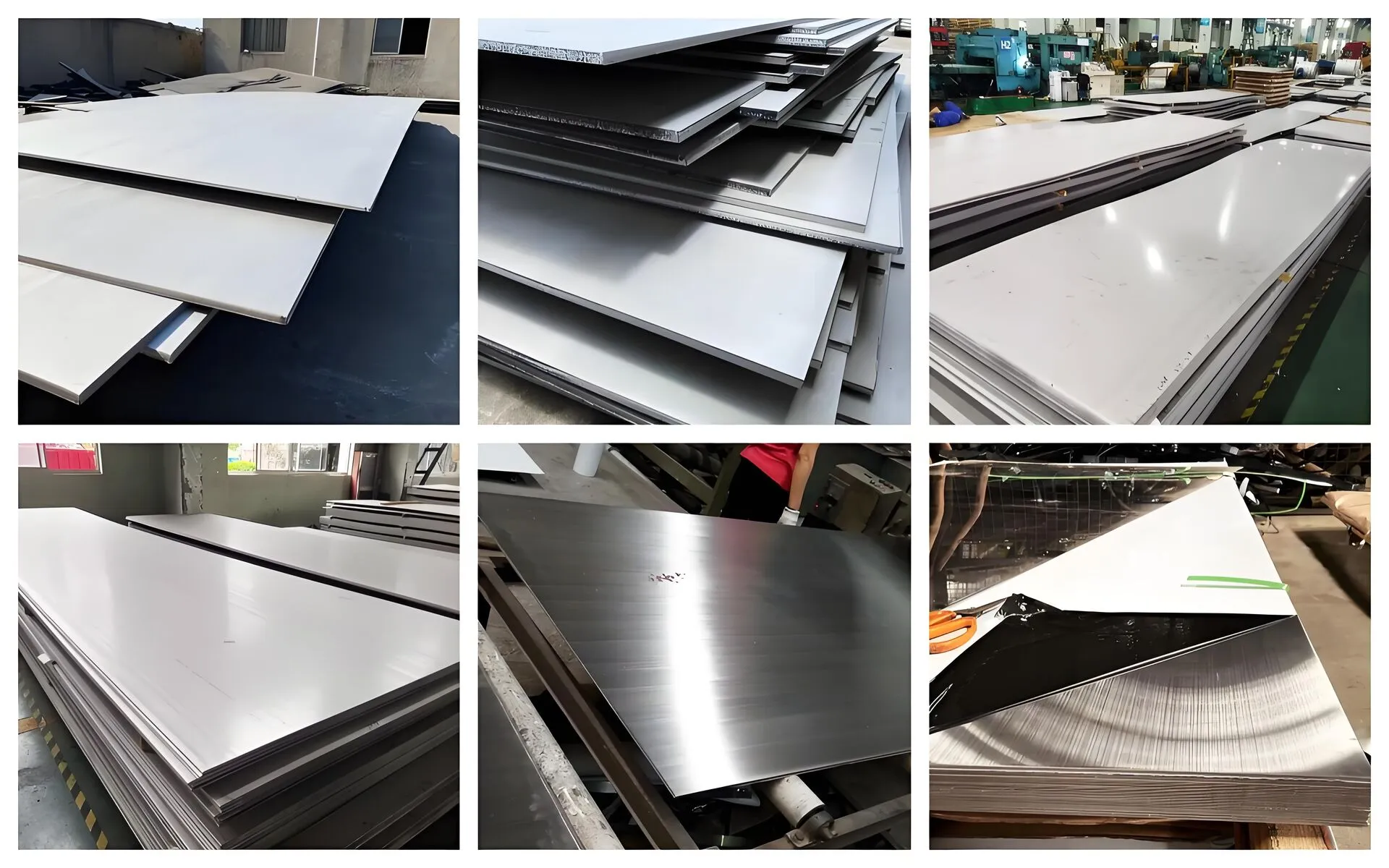 Propriétés physiques et propriétés chimiques :
Propriétés physiques et propriétés chimiques :La densité de l'acier inoxydable est généralement comprise entre 7,75 et 8,05 g/cm³, selon sa composition (comme la teneur en chrome et en nickel).
Point de fusion
Le point de fusion de l'acier inoxydable se situe généralement entre 1375 et 1450℃, selon la composition de l'alliage.
Les aciers inoxydables austénitiques courants (tels que 304 et 316) ont un point de fusion d'environ 1400~1450℃.
La conductivité thermique de l'acier inoxydable est faible, généralement comprise entre 15 et 20 W/(m·K). Cela fait de l'acier inoxydable un bon isolant thermique pour les applications à haute température, mais une attention particulière peut être requise pour les applications nécessitant une dissipation thermique rapide.
L'acier inoxydable présente une faible conductivité et une résistivité élevée, généralement comprise entre 70 et 100 µΩ·cm. Il est donc peu utilisé dans le domaine de la transmission électrique.
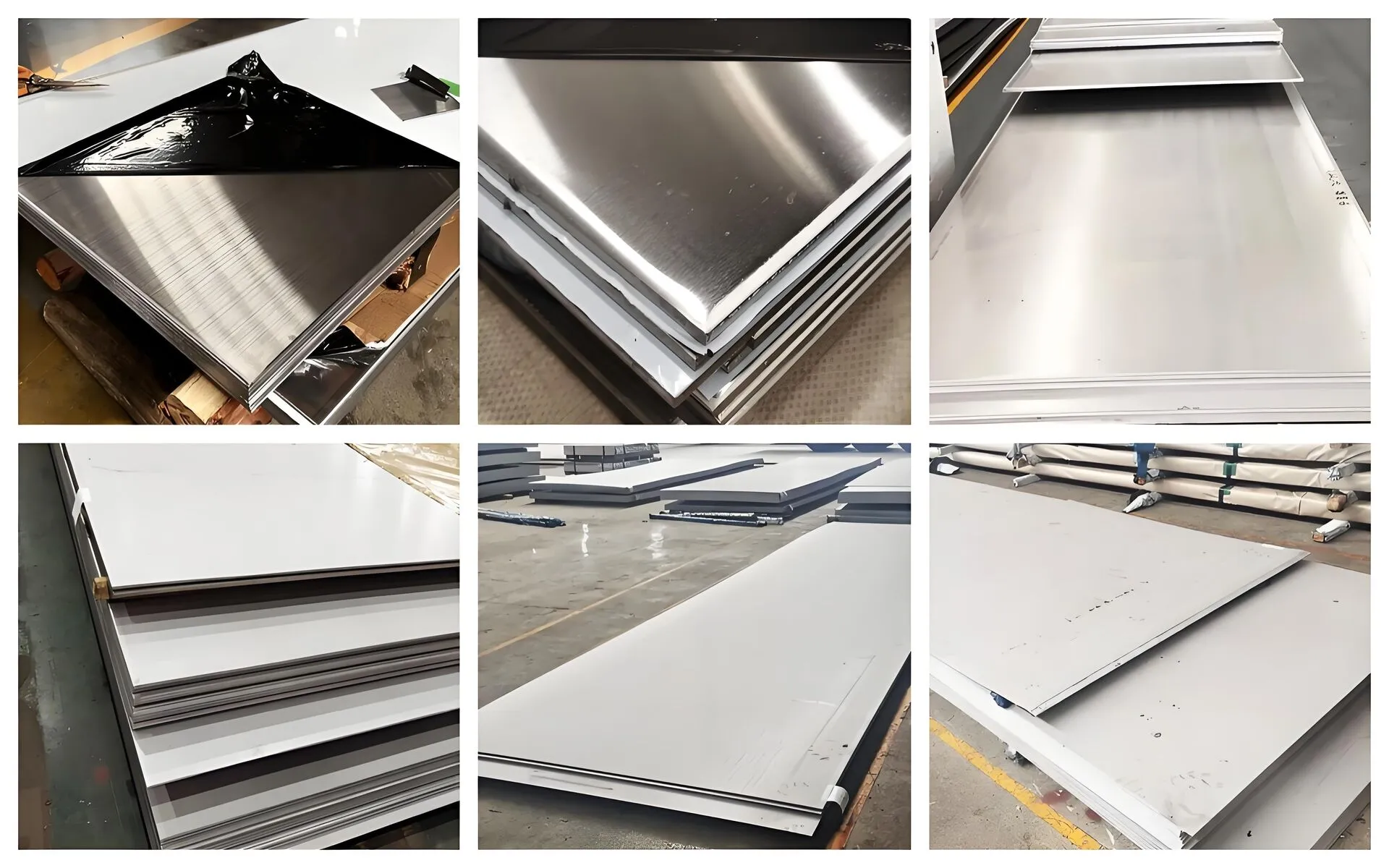 Coefficient de dilatation thermique
Coefficient de dilatation thermiqueLe coefficient de dilatation thermique de l'acier inoxydable varie selon le type, mais se situe généralement entre 16 et 20 × 10⁻⁶/℃. Cette propriété détermine sa stabilité dimensionnelle face aux variations de température.
Le caractère magnétique de l’acier inoxydable dépend de sa structure cristalline.
Acier inoxydable austénitique (tel que 304, 316) : généralement non magnétique ou faiblement magnétique.
L'acier inoxydable ferritique (tel que le 430) et l'acier inoxydable martensitique (tel que le 410) : ont généralement un fort magnétisme.
L'acier inoxydable présente une résistance à la traction, une limite d'élasticité et une dureté élevées, ainsi qu'une bonne ductilité et une bonne ténacité.
La surface de l'acier inoxydable est lisse et présente un éclat métallique. Après polissage, elle peut présenter un effet miroir.
La principale caractéristique de l'acier inoxydable est sa résistance à la corrosion, due à la présence de chrome. Lorsque la teneur en chrome dépasse 10,5%, un film protecteur dense d'oxyde de chrome (Cr₂O₃) se forme à la surface de l'acier inoxydable pour prévenir toute corrosion supplémentaire.
Selon l'environnement, l'acier inoxydable peut être divisé en acier inoxydable résistant aux acides, en acier inoxydable résistant aux alcalis, en acier inoxydable résistant à la corrosion de l'eau de mer, etc.
L'acier inoxydable présente une bonne résistance à l'oxydation à haute température et peut résister à l'érosion par l'oxygène et d'autres gaz oxydants. Cette performance est particulièrement importante pour les fours, brûleurs et autres équipements à haute température.
Les différents types d'acier inoxydable présentent une tolérance différente aux acides et aux bases. Par exemple :
Acier inoxydable 304 : Il présente une bonne résistance à la corrosion aux acides faibles et aux alcalis faibles, mais peut être corrodé dans les acides forts (tels que l'acide chlorhydrique et l'acide sulfurique).
Acier inoxydable 316 : Grâce à l'ajout d'éléments en molybdène (Mo), il présente une plus grande résistance à la corrosion aux chlorures (tels que l'eau de mer et les embruns salins).
L'acier inoxydable présente une bonne stabilité chimique dans la plupart des environnements et ne réagit pas facilement avec l'air, l'eau ou d'autres produits chimiques courants.
Dans certaines conditions (après soudage, par exemple), l'acier inoxydable peut subir une corrosion intergranulaire. En effet, le carbone se combine au chrome pour former du carbure de chrome (Cr₂₃C₆), ce qui réduit la teneur en chrome aux joints de grains et détruit le film protecteur d'oxyde de chrome. Pour éviter ce problème, vous pouvez opter pour un acier inoxydable à faible teneur en carbone (comme le 304L, le 316L) ou un acier inoxydable stabilisé (comme le 321).
L'acier inoxydable forme facilement un film de passivation (couche d'oxyde de chrome) dans l'air ou les environnements contenant de l'oxygène, offrant ainsi une excellente résistance à la corrosion. En cas de dommage en surface, le film passif peut se réparer.
| Taper | Éléments principaux | Caractéristiques | Applications |
|---|---|---|---|
| Acier inoxydable austénitique | Chrome (Cr), Nickel (Ni) | Non magnétique, très résistant à la corrosion, facile à former | Transformation alimentaire, dispositifs médicaux, décoration architecturale |
| Acier inoxydable ferritique | Chrome (Cr) | Magnétique, résistance modérée à la corrosion, coût inférieur | Appareils électroménagers, systèmes d'échappement automobiles |
| Acier inoxydable martensitique | Chrome (Cr), Carbone (C) | Dureté élevée, peut être renforcé par traitement thermique, résistance à la corrosion relativement faible | Couteaux, roulements, pièces mécaniques |
| Acier inoxydable duplex | Chrome (Cr), Nickel (Ni), Molybdène (Mo) | Haute résistance, hautement résistant à la corrosion, combinant les caractéristiques des aciers inoxydables austénitiques et ferritiques | Ingénierie offshore, équipements chimiques |
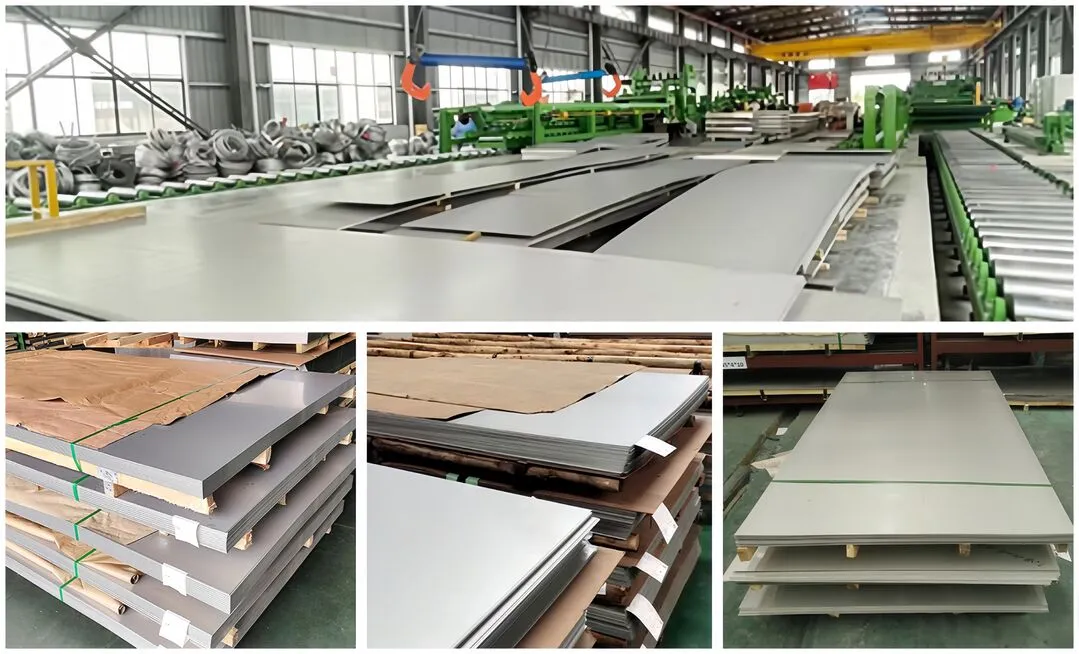 Application du produit :
Application du produit :Les plaques d'acier inoxydable sont largement utilisées dans de nombreux domaines grâce à leurs excellentes performances. Dans le secteur de la construction, elles sont utilisées pour les murs-rideaux, les rampes, les panneaux d'ascenseur et les matériaux décoratifs, alliant esthétique et durabilité. Dans les équipements industriels, leur résistance à la corrosion et leur grande robustesse en font un choix idéal pour les conteneurs chimiques, les canalisations, les réservoirs de stockage et les échangeurs de chaleur. Dans l'industrie agroalimentaire, les plaques d'acier inoxydable répondent aux exigences d'hygiène et sont utilisées pour la fabrication d'ustensiles de cuisine, de machines agroalimentaires et d'équipements de stockage. Dans le domaine médical, leur non-toxicité et leur nettoyage facile garantissent une utilisation sûre. De plus, les plaques d'acier inoxydable sont également utilisées dans l'industrie des transports, notamment pour les systèmes d'échappement automobiles, les composants de navires et les installations de transport ferroviaire. Leur respect de l'environnement et leur recyclabilité répondent également aux exigences du développement durable moderne, ce qui en fait le matériau de prédilection de nombreuses industries.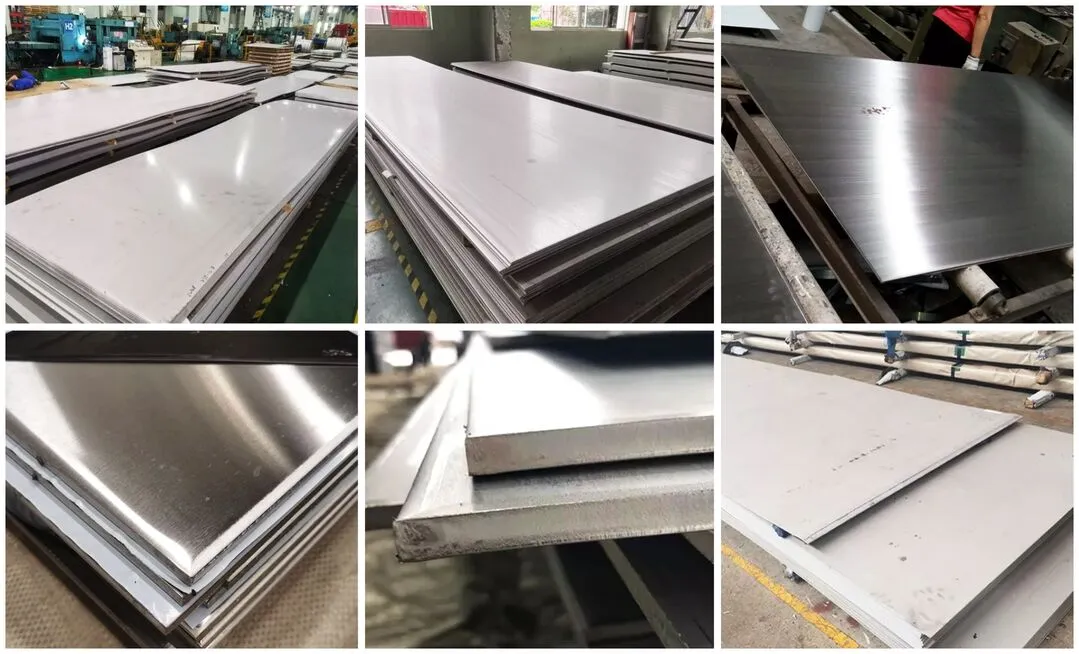
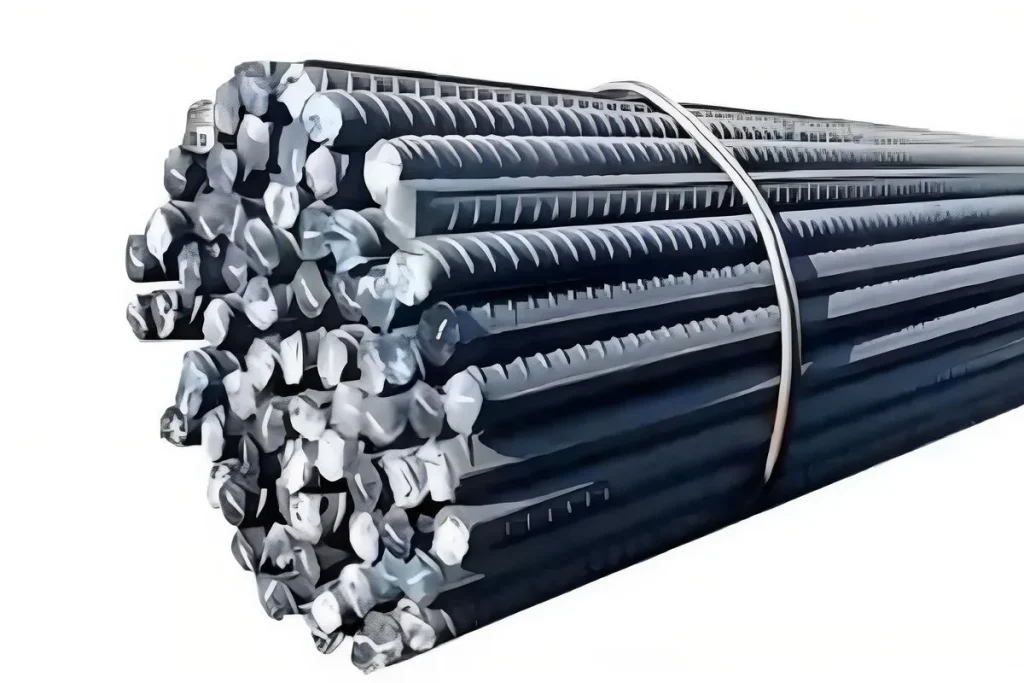
Ultra-haute résistance et ténacité pour résister aux charges et aux impacts extrêmes
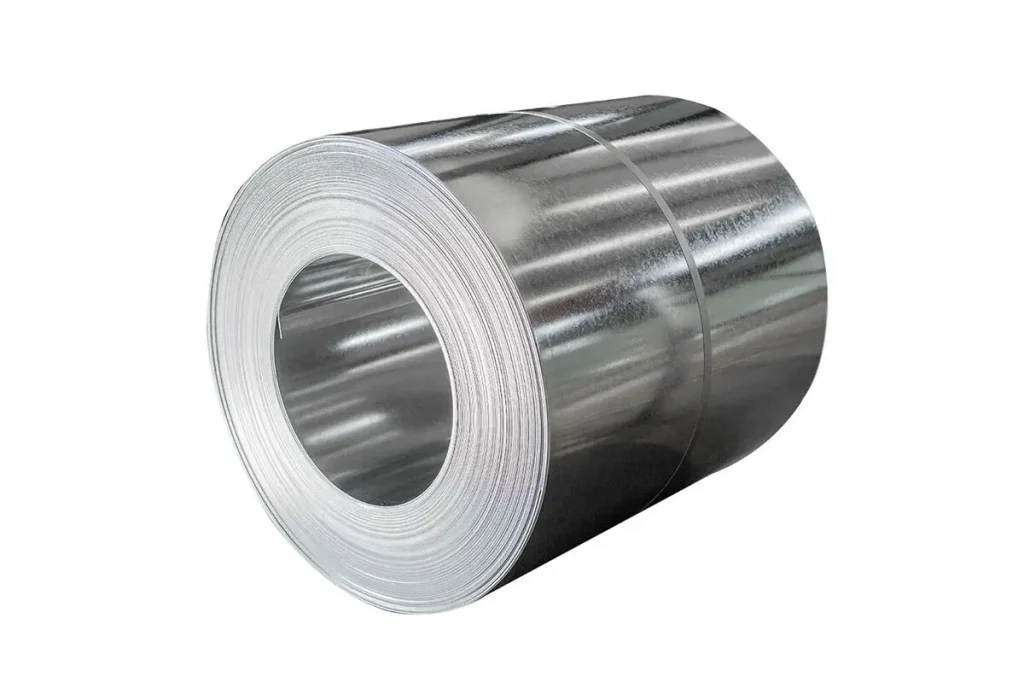
Ultra-haute résistance et ténacité pour résister aux charges et aux impacts extrêmes
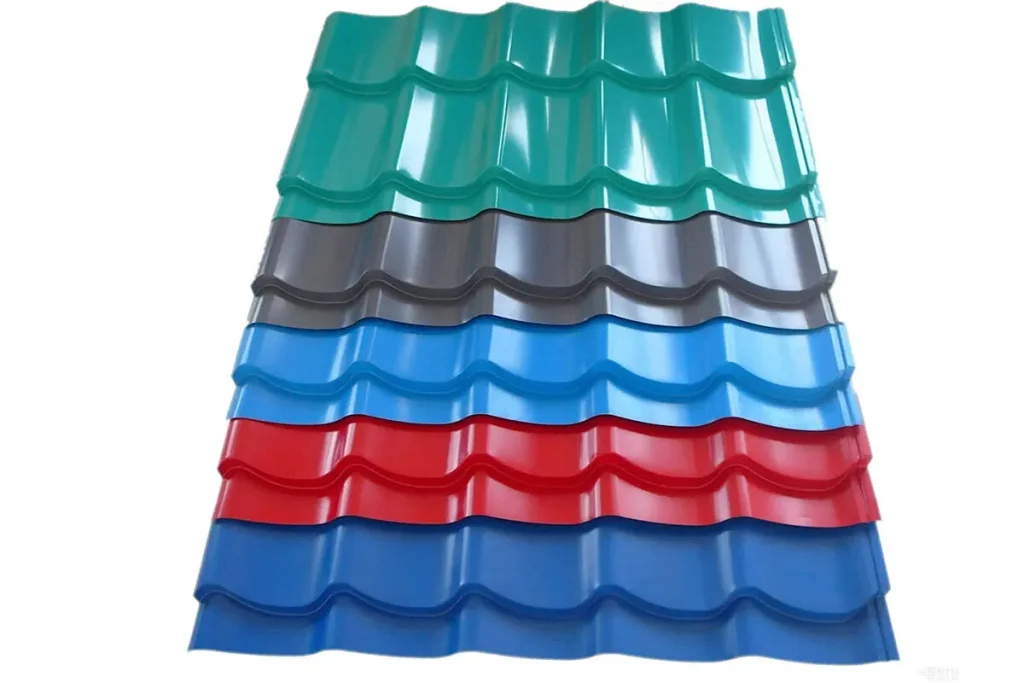
Avec un traitement anticorrosion, il est résistant aux intempéries et à la corrosion et peut servir pendant longtemps.
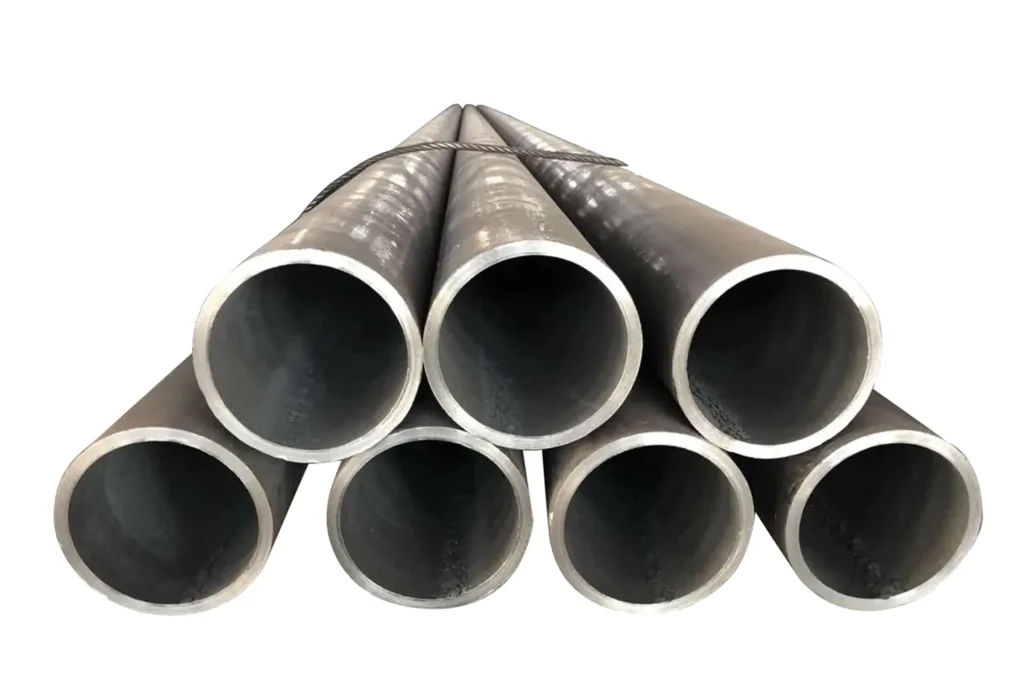
100% recyclable, réutilisable, à faible émission de carbone et réduisant la consommation
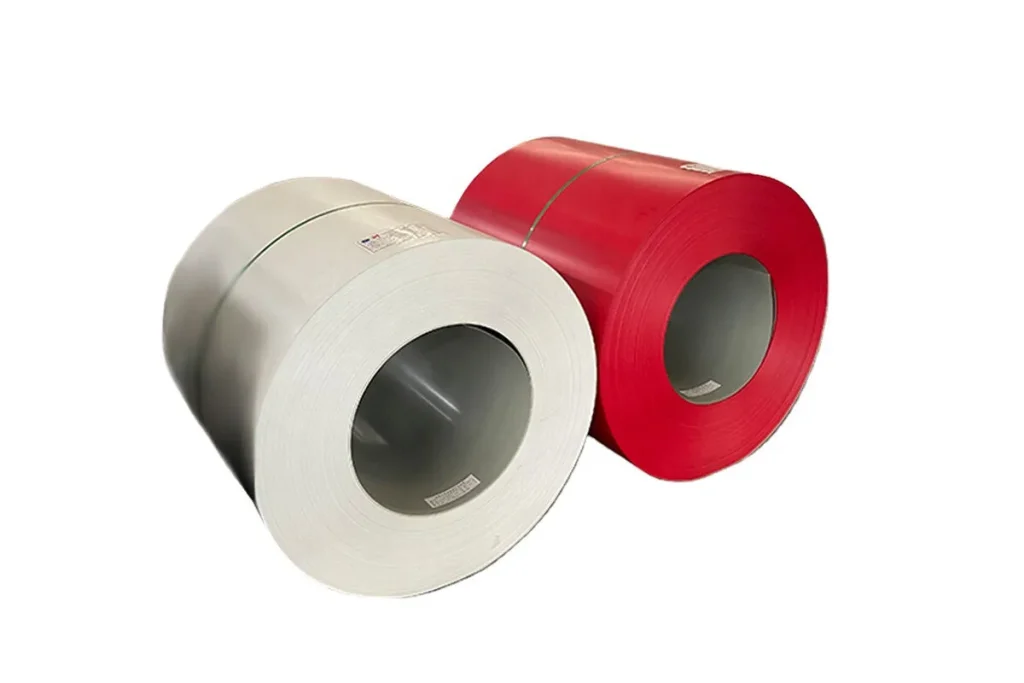
Le traitement est rapide et précis, et le projet est livré rapidement.
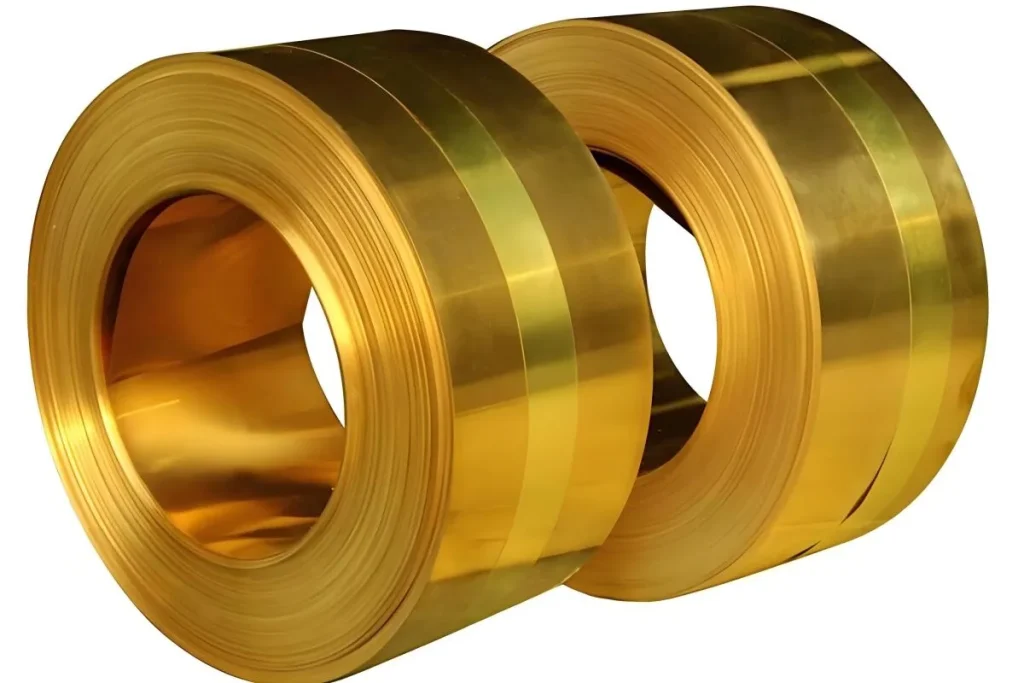
Passez des certifications internationales telles que ISO et ASTM, avec une qualité fiable.
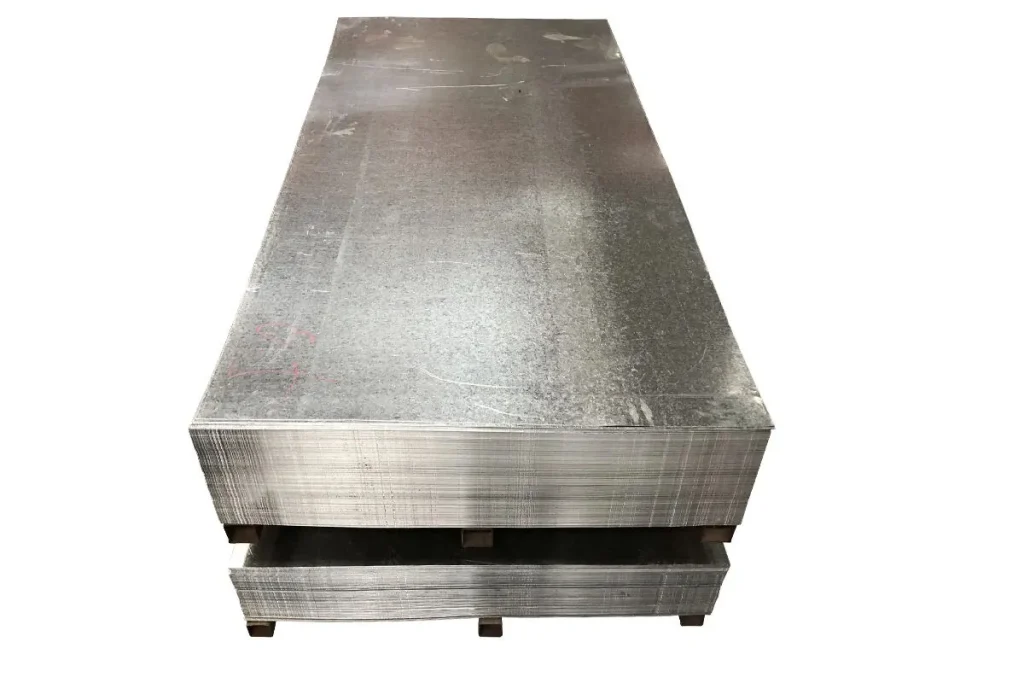
Créez des spécifications et des formes exclusives selon vos besoins
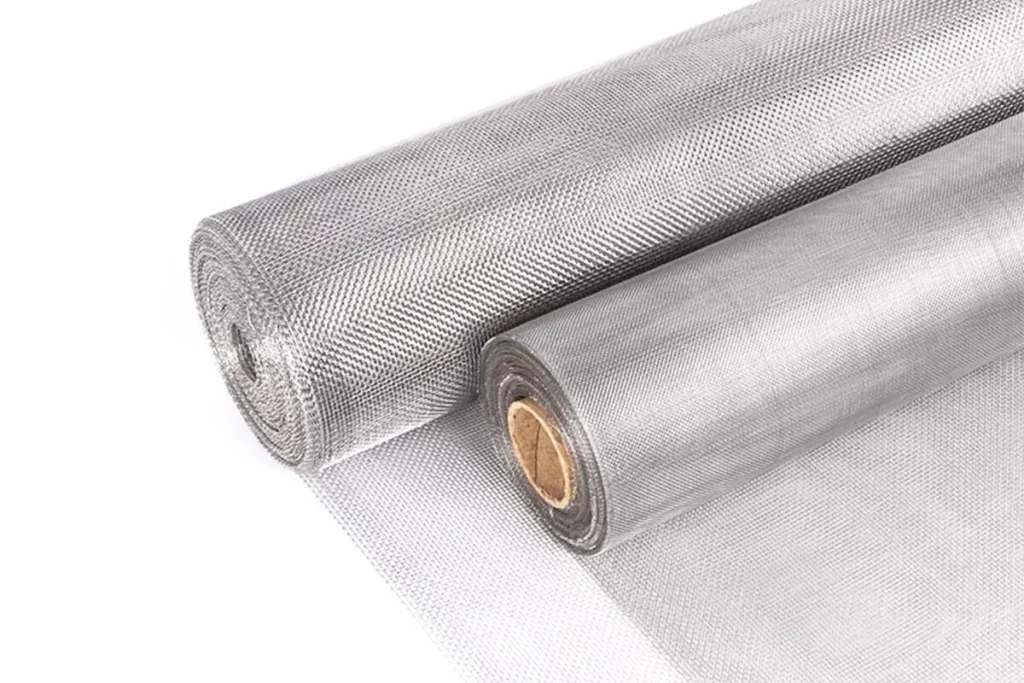
Équipe de service mondiale, fournissant un support technique après-vente complet
Notre usine fabrique une gamme complète de produits en acier, notamment des poutres structurelles, des barres, des plaques et des bobines d'acier. Nous proposons également des solutions sur mesure répondant à des dimensions et des compositions spécifiques, selon les exigences de nos clients.
Tous nos produits en acier sont conformes aux normes internationales et soumis à des tests d'assurance qualité rigoureux. Nous détenons plusieurs certifications, dont ISO 9001, qui témoignent de notre engagement qualité. Chaque lot de produit est accompagné d'une certification détaillant sa nuance et ses normes de conformité.
Oui, nous sommes en mesure de gérer des volumes de commandes importants, même dans des délais serrés, grâce à nos processus opérationnels avancés, à nos effectifs conséquents et à notre réseau logistique performant. Cependant, nous vous recommandons de nous contacter dès que possible pour obtenir les meilleurs résultats.
Le développement durable est au cœur de nos activités. Nous utilisons des technologies écoénergétiques, recyclons nos déchets et suivons des protocoles environnementaux stricts afin de minimiser notre empreinte écologique. Notre engagement va au-delà de la conformité et vise une approche durable et tournée vers l'avenir dans toutes nos activités.
La sécurité des travailleurs est primordiale. Notre usine respecte toutes les réglementations en matière de santé et de sécurité, dispense des formations régulières, applique des protocoles stricts sur site et équipe notre personnel d'équipements de sécurité performants. Nous sommes convaincus qu'un travailleur en sécurité est un travailleur autonome.
Certainement. Nous sommes fiers de notre capacité à proposer des solutions sur mesure. Notre équipe d'experts collabore étroitement avec nos clients pour comprendre leurs besoins et leur proposer des compositions, des coupes et des finitions sur mesure, adaptées à leurs projets.
Nous gérons la logistique par l'intermédiaire de partenaires de confiance, garantissant des livraisons rapides et sûres. Nos clients reçoivent des informations de suivi dès l'expédition de leurs commandes et peuvent suivre leur expédition en temps réel. De plus, notre service client est toujours disponible pour vous aider.
Nous garantissons la qualité de nos produits. En cas de défaut ou de non-conformité, nous appliquons une politique de retour ou d'échange transparente. Nous encourageons nos clients à nous contacter dans un délai précis après réception, et nous nous engageons à résoudre le problème rapidement et équitablement, conformément à nos conditions générales.